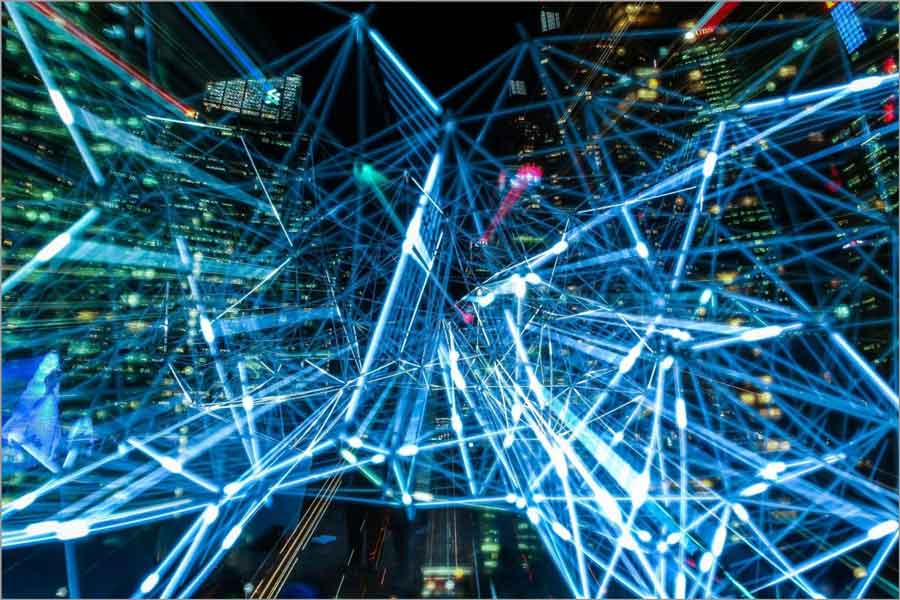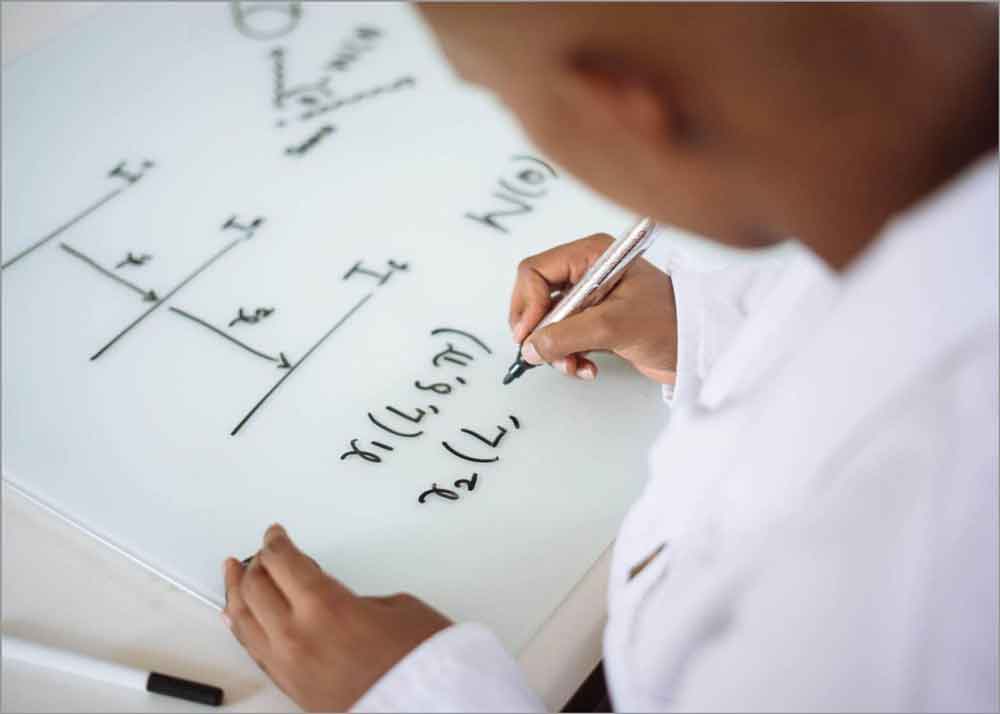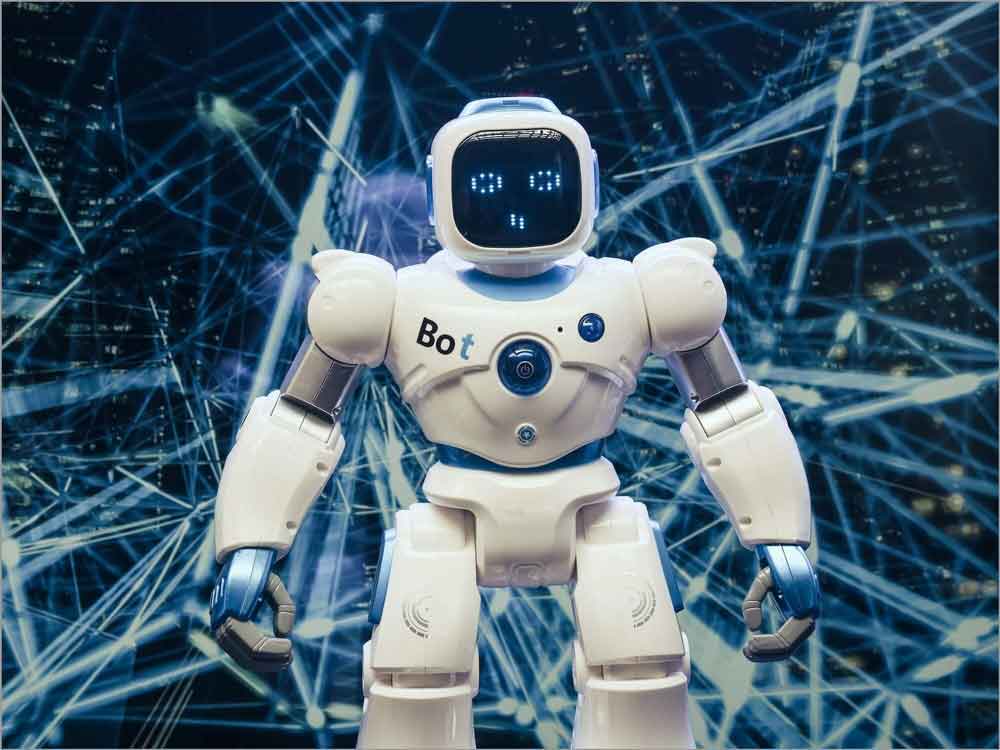AI is now such a part of our everyday lives that we don’t even notice it anymore, but we probably couldn’t get along without it. Something that was almost inconceivable just 50 years ago is now a reality: AI is all around us. We live in the future we saw just a few generations ago. Chatbots handle basic customer inquiries; we play games against complex characters who have a variety of responses and personality traits but do not exist in real life, and have Alexa turn on the lights for us when it gets dark outside. What we, the customers and clients of the world, see is the face of AI. Underneath the skin and behind the scenes, many complex components work together to ensure that these machine minds function within the parameters that their creators have set for them.
Mathematics is something of a polygamist and maintains many long-term healthy relationships with many different interests and industries. Sports and math are joined by distances and stopwatches, dance and math are joined by counting out steps and beats, and AI and math are joined by algorithms and the complex calculations that go into forming matrices. Math and AI are not as different as you might think; they are two different branches coming off the same tree. There might be some of you out there still wearing baffled expressions and scratching your heads, so let’s take a closer look at how math and AI work together.

Table of Contents
How do Math and AI Work Together?
Artificial intelligence is created to solve problems, which are separated into two different categories: representation problems and search problems. The models in AI are interconnected just the way AI and math are: logics, frames, rules, and nets. All of these things might sound foreign, but really, they’re just mathematical topics phrased in a different way.
The primary function of AI in our society is to create and support a model for human understanding. This model might be created with any number of strategies and ideas found in math. Self-driving cars are an excellent example. The AI that manages the car is made to recognize people and objects.
There’s a lot of math that goes into this particular kind of AI, like back-propagation and minimization procedures. This kind of math has been used in various applications for hundreds of years, since long before AI was even a twinkle in its creator’s eye. The universal language of math never changes, but it can be applied in a vast amount of ways.
Artificial intelligence is also being explored to provide solutions in the financial market, especially in forex and CFD trading. Creators and developers in the AI space have found ways to use the mathematics behind AI in analyzing immense amounts of data. Although there have been existing systems for technical analysis in CFD trading, AI comes with advanced algorithms that are proven to improve trading strategy and profitability for investors over time.
What Kinds of Math Are Used in AI?
The three main branches of math used in AI development are probability, calculus, and linear algebra. There are a number of offshoots and other kinds of math used in AI as well; let’s look more closely at a few.
Linear Algebra
This is the math that helps the AI to generate new ideas; hence it is so important in machine learning. Scientists use this kind of math to abstract models and data with vectors, scalars, matrices, sequences, sets, and tensors. Linear Algebra also has more functionality in other niches like finance. A practical example is its use in portfolio optimization. That is, helping CFD traders find the ideal combination of assets to minimize risk. This is done by utilizing covariance matrix calculations of the assets and then using the results to allocate the ideal weight of each asset that should be in an investor’s portfolio.
Vectors
Vectors are created and used to handle both systems of equations and inequalities in AI. AI developers use vectors to solve clustering and problems with regression. Machine translation and recognizing speech and speech patterns. Vectors are also used as storage for model AI representations and deep learning networks.
Matrix Theory
In creating an AI, developers need to develop a kind of machine brain that has “neurons” just like a human brain does. A specific action will get a particular result because of the processes that run between these neurons, sparking them off. The concept of a matrix is used when these developers study the formation of a neural network and artificial neurons, which come in three layers: Input, output, and hidden layers.
Probability
In the world of AI, there are many abstract problems to deal with. Uncertainty and stochasticity abound, and probability theory offers the only suitable tools to handle them. The concepts of this form of math are used to analyze the chances of an event or the frequency with which it might happen.
Wrap Up
Math and AI, math and any computational endeavors are inextricably linked. Math can go on existing on its own, but AI could not have come to be as it is without the framework of math to build it.

